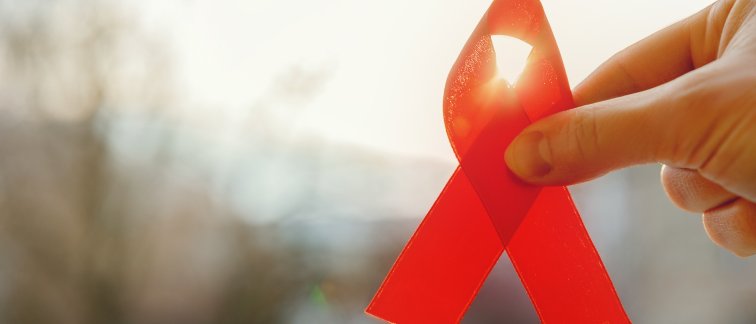Sharp drop in recent HIV infections among men who have sex with men indicates the HIV prevention pill (PrEP) is working well. Data also show a point for improvement: not everyone who wanted to use PrEP had it available in time. This is according to the latest results from the HIV Monitoring Foundation, released ahead of World AIDS Day on December 1. Prof. Marc van der Valk: "if this trend continues in the coming years, the Netherlands could become one of the first countries in the world with zero new HIV infections."
The figures
The number of new HIV diagnoses in the Netherlands continued to decline in 2021, to 427 new diagnoses. Last year, 250 men who have sex with men (MSM) (59 percent), 105 other men (25 percent) and 72 women (17 percent) were diagnosed with HIV. In 2021, 13 people died from AIDS.
Proportionately, the number of recent HIV infections has been stable in the past years. Recent HIV infection occurs when a person has been tested negative in the year prior to HIV diagnosis and/or when blood tests show evidence of acute infection. By 2021, among the group of MSM, the percentage of recent infections dropped significantly by 10 percentage points, from 37 percent in the 2018-2020 period to 27 percent.
Correlation with PrEP
Marc van der Valk is an internist-infectiologist at Amsterdam UMC, director of the HIV Monitoring Foundation, and a specialist in HIV treatment. He explains: "It is plausible that the decrease in the percentage of MSM with recent HIV infection is related to the provision of the HIV prevention pill, PrEP. A proportion of people who would have come into care with early HIV infection in the past are now adequately protected by PrEP. If this trend continues in the coming years, the Netherlands could become one of the first countries in the world with zero new HIV infections. At the same time, we see that unfortunately, in 2021, 57 percent of people was diagnosed with HIV much too late. This leads to unnecessary disease burden, higher healthcare costs, and death.”
Read the full (Dutch) article called "HIV diagnoses in the Netherlands are declining" from the HIV Monitoring Foundation here.
HIV monitoring report
Every year around World Aids Day, the HIV Monitoring Report is published. This report provides a comprehensive overview of the current population of people living with HIV in the Netherlands. The report is published - commissioned by the Ministry of Health, Welfare and Sport and the Center for Infectious Disease Control of the RIVM - in cooperation with the 24 recognized HIV treatment centers in the Netherlands, including Amsterdam UMC. You can read the entire 2022 report here.
Curious to learn more? Read our previously published articles about HIV:

